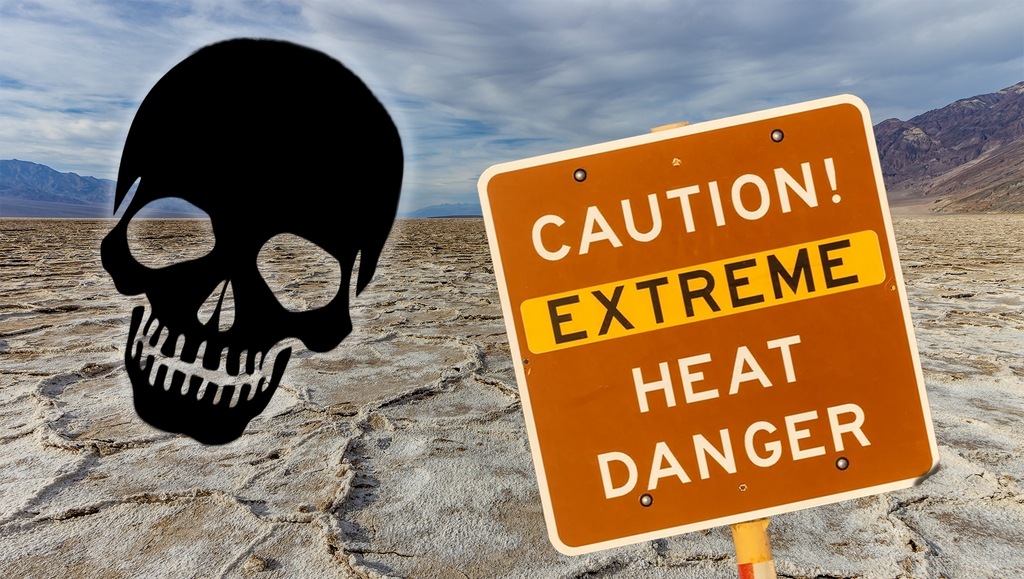Millions of people visit America’s national parks every year. And although the parks are generally quite safe, it never hurts to take extra precautions when you’re hiking in the great outdoors. Grand Canyon National Park alone reported 785 search and rescue incidents between 2018 and 2020.
These helpful tips apply not just to National Parks but to any nature preserve or trail you might want to tackle.

Water Hazards
Although it sounds surprising, water-related hazards are a significant challenge in many hiking areas. In fact, drowning is one of the most common causes of death in US National Parks. Fast-moving rivers and streams may appear safe until you enter. Whitewater rafting, kayaking and related activities test your endurance and swimming ability and life vests should be worn at all times.
Another water-related hazard is flash flooding. Enclosed areas like narrow canyons with high walls can quickly become overwhelmed by floodwater from sudden rain. Hikers should pay close attention to local weather advisories to avoid being trapped in these flood-prone areas. Luckily parks like Big Bend, Zion and the Grand Canyon all monitor flood conditions and will warn visitors.

Extreme Heat
Heat is a serious danger in many areas especially in the West and Southwest. Parks like Death Valley can be extremely hot and hazardous and even skilled hikers can overestimate their ability to perform physical activity in hot conditions. Heat exhaustion, sunstroke, dehydration and other heat exposure ailments can easily harm you even if you’re an experienced hiker.
The most obvious tip is to drink water regularly to stay hydrated, even if you don't feel thirsty. Dehydration can increase the risk of heat exhaustion. Take appropriate precautions like using sunscreen and wearing lightweight, breathable clothing and a wide-brimmed hat and sunglasses.
Another critical tip is to stay informed, checking weather forecasts before heading out and making sure you’re aware of heat advisories in the area.
Planning ahead is also important. Choosing to hike during the cooler parts of the day, such as early morning or late afternoon and avoiding peak heat hours is beneficial. Many parks also recommend informing someone about your hiking or camping plans, including your route and estimated return time, so that they can take action if you don't return as planned.

Wildlife
Seeing wildlife up close is one the main attractions for many of the visitors at national parks. However, it’s easy to put yourself in danger if you don’t follow safety guidelines. For instance, it's imperative to keep a safe distance from wildlife. Approaching animals causes stress and provokes aggressive behaviors. A general rule is to stay at least 100 yards away from bears and wolves, and 25 yards away from other large mammals.
Another tip is to store food properly. Use bear-resistant food containers and store all scented items securely to prevent attracting wildlife. Proper food storage will not only stop curious bears from entering your campsite, but also prevents animals from associating human presence with food sources and maintains their natural foraging patterns.
Staying on designated trails is another important guideline to follow. Trails are often set to minimize human-animal conflict. If you leave the marked paths you not only run the risk of getting lost or injured, but it also increases your chances of accidentally stumbling across dangerous and territorial animals like bears and mountain lions.
America’s national parks are generally quite safe, and visitors who act appropriately and don’t take unnecessary risks are guaranteed a much better nature experience. The National Park Service estimates that the mortality rate is “is 0.1 deaths/100,000 recreational visits,” far less than the national average.


Leave a comment: